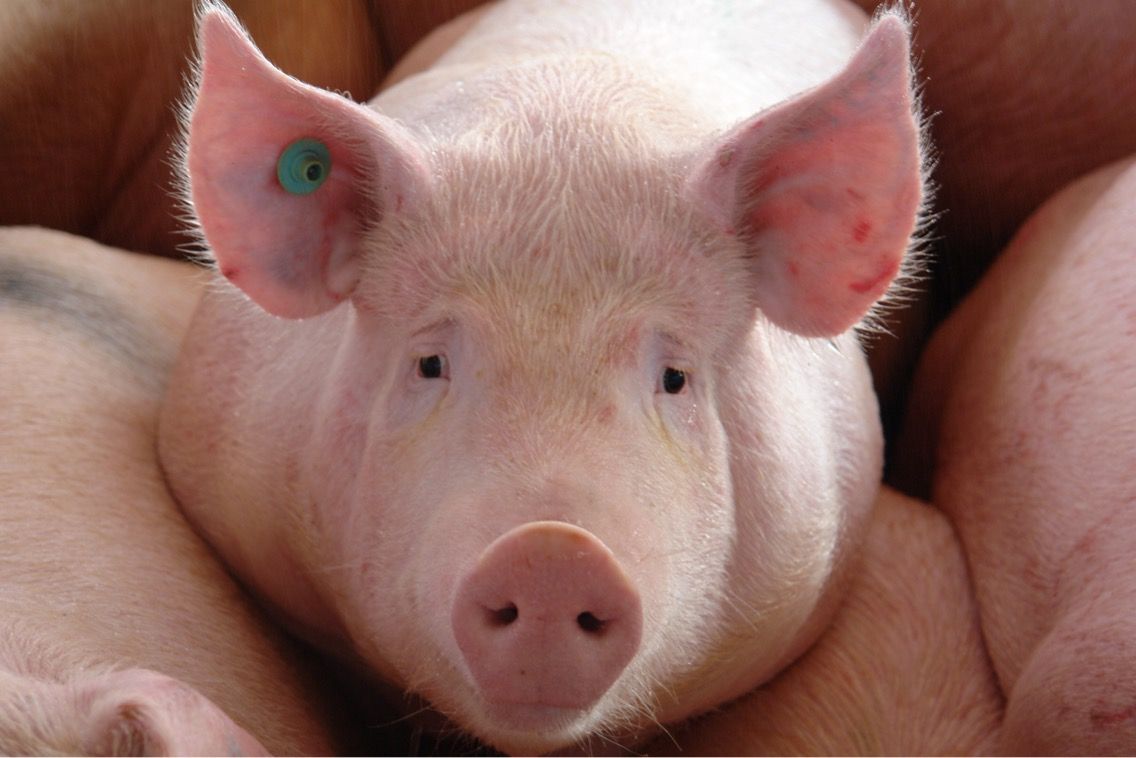Mexico stopped exporting pork to China in 2023, after having recorded sales to that market in previous years.
Mexican foreign sales of this product to China rose with the African Swine Fever (ASF) in that nation.
Since ASF was first detected there in August 2018, it had a devastating impact on the domestic pork population.
Pork to China
According to Inegi data, Mexico exported pork to the world worth US$773 million in 2023, a year-on-year drop of 11.2 percent.
China is the largest pork market in the world. Its drivers? The number of inhabitants in China (the second most populous country in the world, after India) and the significant consumption of this meat in the Chinese diet.
This context propitiated a rise in pork exports from Mexico to the Chinese market from 87 million dollars in 2019 to 268 million in 2020.
Then came the decline from $146 million in 2021 to $14 million in 2022.
Production
According to U.S. Department of Agriculture (USDA) forecasts, Mexican pork production will register a 1% year-over-year growth in 2024, to 1.59 million tons.
In addition to an increase in projected domestic demand for processed pork, the USDA anticipates slower growth in pork exports by 2024.
After falling from 285,000 tons in 2022 to 245,000 tons in 2023, exports of this product from Mexico to the world will predictably increase to 250,000 tons, according to the USDA.
As poultry prices rose close to pork prices in 2022, per capita pork consumption grew at a relatively stronger pace.
However, as poultry prices fall in Mexico compared to pork prices, the growth rate of pork consumption is expected to stabilize to some extent.
Local market
Factors driving consumption in Mexico:
- Consumption of traditional dishes such as chicharrón, tacos al pastor, carnitas and cochinita pibil.
- Diversity of supply, from hams, chorizo and sausages to ribs and chops.
- Wide product availability.
- Growth of large companies established in Mexico.
- Growth of imports from the United States.

